RETRO MOVIE – High Plains Drifter does not deceive its audience. This 1973 Universal Western, which premiered half a century ago and recently added to the SkyShowtime roster, unveils its secrets right from the opening minute. An enigmatic figure emerges on a brutal desert landscape, its distant horizon distorted by sweltering heat. Is this man truly a mirage, or is the searing temperature playing tricks on us? Dee Barton’s haunting and disorienting score provides the answer, an ambiance more suited for a horror film than a western.
As always, the music gives us insight into the director’s mindset, in this case, Clint Eastwood. With this film, Eastwood presented his second directorial effort and his inaugural western. High Plains Drifter is a statement. It doesn’t resemble the classic westerns – reportedly, Eastwood approached John Wayne for a collaboration post-release, but Wayne declined, feeling the film tarnished his cinematic legacy. It also doesn’t align with the then-popular anti-western genre, even though it openly discusses relations between genders and ethnic groups. Eastwood’s political views are intricate: a long-time Republican (now affiliated with the Libertarians), his societal views, particularly on gender and ethnicity, sometimes contrast with conservative perspectives. However, identity politics has never been at the forefront of Eastwood’s artistry. The theme of High Plains Drifter revolves around Old Testament sin, guilt, retaliation, and the possibility of redemption.
An unnamed Stranger rides into town…
The plot of High Plains Drifter can be succinctly summarized: an anonymous man enters a town bearing a secret, and defends it from three vengeful bandits. The Stranger, portrayed by Eastwood, unmistakably alludes to the “Man with No Name” character and the scenario evokes memories of Akira Kurosawa’s Seven Samurai. However, the script quickly diverges. While the Stranger is as adept with guns as Leone’s “Man with No Name”, a hitherto unseen brutality also emerges in him. Upon his arrival in Lago, the cold-blooded killing of three men exhibits a twisted exaggeration, uncharacteristic of Eastwood’s prior works. While these antagonists certainly “had it coming,” the iconic image of heroism instantly shatters.
Then comes the scene of sexual assault. Just a moment after the street triple homicide, the town’s beauty confronts the Stranger. We anticipate the classic Hollywood flirtatious banter. But the Stranger, after noting someone should teach the lady some manners, suddenly seizes Callie Travers (played by Marianna Hill, a year before portraying Fredo’s equally obstinate wife in The Godfather Part II) and assaults her in a nearby stable. This act leaves many viewers abhorring, astounded that the protagonist commences his introduction with such a deed. Yet, from the outset, Eastwood made clear the nature of the character we’re about to meet.
To understand the rape scene in High Plains Drifter, two critical moments in the setting must be examined. Mordecai, portrayed by Billy Curtis (who also played a “Munchkin” in The Wizard of Oz), as one of Lago’s few honest individuals, witnesses the event, spellbound. Later, through Mordecai, we get insights into a pivotal event that changed the town’s destiny, linking these two tragedies. Eastwood underlines the importance of not being complacent towards such violent acts. This is emphasized as we see the events from Callie’s viewpoint post-assault. We gaze down on the Stranger, suggesting he exerted dominance over her (as he did over the men earlier), imploring viewers to empathize with the victim. Difficult to interpret today, the film acknowledges the gravity and moral depth of this act.
Not imprisoned, but hired
Instead of incarcerating the Stranger for any crime, Lago’s leaders propose a deal: deal with the three vengeful bandits returning to Lago after a year’s imprisonment, and the town is virtually his. Anything he desires from any merchant would be gratis. Initially hesitant, the Stranger agrees to train the townsfolk in self-defense. Meanwhile, he exploits his carte blanche, sometimes unexpectedly. Upon witnessing the general store owner harassing an elderly Native man with two boys, the Stranger hands each boy a candy jar and the elder more blankets than he can carry. This isn’t seen as a virtue but rather the Stranger’s disdain for the town’s hypocrisy.
What makes High Plains Drifter intriguing in 2023 is its bleak portrayal of white expansion into the American West. It does so without resorting to the standard corrupt tropes of prior films. There’s no violence against native populations (as seen in 1970’s Little Big Man) or bandits tormenting white settlers.
This is what makes ‘High Plains Drifter’ so intriguing in 2023: it paints the most pessimistic picture to date of the white man’s westward expansion in America. And it does so without resorting to the usual markers of corruption seen in prior films. There’s no violence against indigenous populations (as in 1970’s ‘Little Big Man’) or bandits tormenting white settlers. The film gradually reveals to us that the bandits return because they were betrayed by Lago when they brutally killed the town’s sheriff, Jim Duncan, on their behalf. Duncan discovered that the gold found by the townspeople was actually on government land, making its removal technically theft. Duncan, the only man in Lago brave enough to stand up to the town’s corruption, is brutally whipped to death while the entire town watches passively.
Many films deal with the act of passive observation, but ‘High Plains Drifter’ digs especially deep on this subject. The film does not depict the hired killers simply as evil. When Eastwood showcases their release from prison and their bloody deeds, we, the viewers, see events from the killers’ perspective. With this complex viewpoint, viewers become complicit in the crime, just like the residents of Lago.
The hero as the reincarnation of the martyred sheriff?
But what truly sets ‘High Plains Drifter’ apart is the film’s subtle hint that The Stranger might be the reincarnation of Marshal Jim Duncan. The scene where The Stranger enters the town and everyone stares, or when he flinches at the sound of a whip, leaves a profound impression on the viewer. Duncan’s public execution by whip (a tool synonymous with the pain and cruelty of American slavery) deeply resonates, suggesting to me a clear reference to lynching.
Ernest Tidyman, the film’s writer, although not African-American, gained fame with the Shaft novels. He believed that every film dealing with American history should confront the issue of racism. While there’s no explicit mention of prejudice against black people in the film, Duncan’s public execution and the use of the whip deliver a potent message. Throughout his career, Eastwood reflected on the significance and impact of black culture. Although long associated with the Republicans, his films often tackled social exclusion and racist systems.
In ‘High Plains Drifter’, the roles and statuses of women also play a key thematic part. Callie Travers’s rape and her character transformation shape the narrative, while Sarah, the wife of the town’s hotel owner, morally stands out amongst other town residents.
Town of Hell
In the film’s final third, The Stranger instructs the townspeople to paint Lago red, and he himself literally renames it ‘Hell’ before the ultimate showdown (captured by the late, great cinematographer, Bruce Surtees using Panavision). The Stranger forces the people of Lago to shed all pretense and confront whom they truly serve. Eastwood and screenwriter Tidyman recognized the ugly truth that the Western, above all other American genres, glorified and idealized. While The Stranger avenges Marshal Duncan’s death, kills the hired guns, and nearly destroys the town, the lie covering Duncan’s death remains intact as The Stranger fades into the desert mist.
It’s this truth that elevates ‘High Plains Drifter’ to the pinnacle of its genre. Eastwood boldly addressed his profound interest in how fear can push man towards evil. Half a century later, the film’s message remains just as powerful, marking it as one of the finest Westerns ever made.
-BadSector-
High Plains Drifter
Direction - 9.2
Acting - 8.4
Story - 8.5
Visuals/music - 9.6
Ambiance - 9.6
9.1
AWESOME
High Plains Drifter" delves deep into the dark sides of American history and culture. The film not only rises to the pinnacle of the Western genre but also unravels the ties between human fear and evil. Half a century later, the message remains powerful and pertinent.

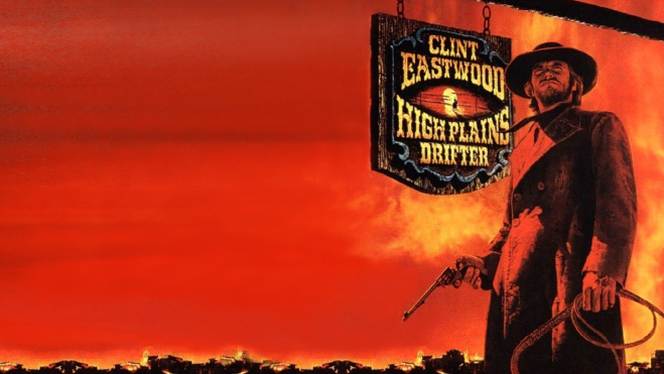
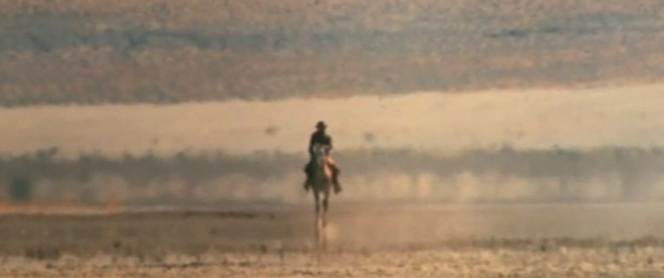

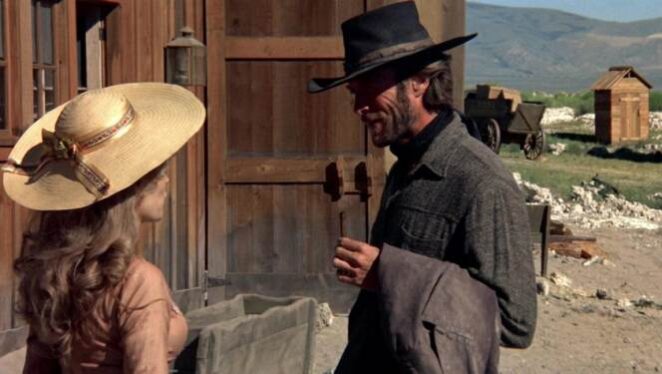
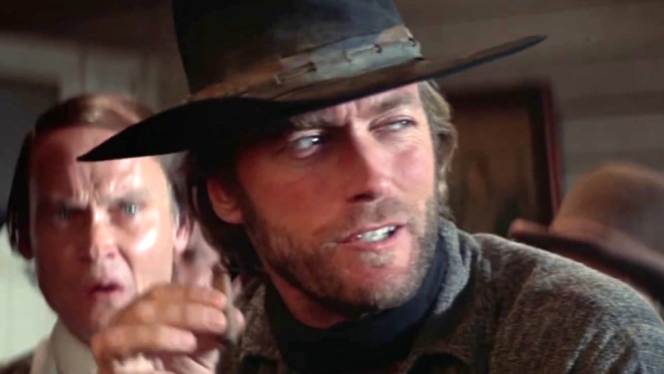


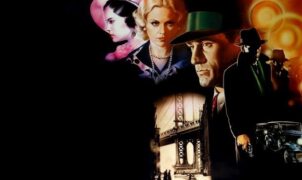
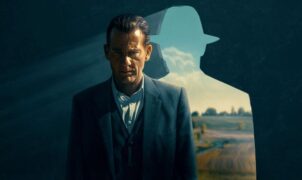



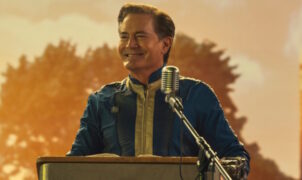


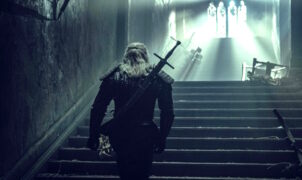




Leave a Reply